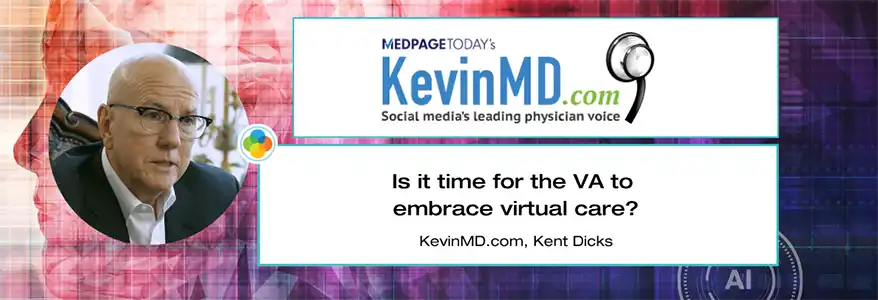Kent E. Dicks, Founder & CEO of Life365, shares his insights on designing patient-centric digital health solutions, accelerating remote care adoption and driving innovation at scale.
Life365 remote patient monitoring technologies are often leveraged for use in chronic disease management programs to help improve patient outcomes, reduce costs, and help patients stay connected to their care providers for proactive monitoring.
With more than 85% of adults over the age of 65 having at least one chronic condition, many of our users are older adults. During the development of our technologies, we keep seniors in mind knowing their experience using technology can vary greatly. A Pew Research Center study found that 77% of older adults needed assistance in learning how to use new technology, highlighting the importance training plays in technology adoption for seniors.
Seniors, like everyone else, have much to gain from using technology. We are often teaching our senior users directly, or our customers on how to best help their seniors learn to adopt and use new technologies. We share some helpful techniques we practice for teaching new technology to seniors.
-
Start with explaining the value of the technology.
Share how the technology will impact their life. For example, our technologies can help track health data, which can be reviewed and shared with family members, physicians, and other care providers. We share how using the technology will enable caregivers to continue to watch over them while they are at home. -
Cover the basics.
You may be surprised to find out what your potential user does and does not know. You may be able to gauge their technology comfort level, and adjust from there, but always start with the basics. Some of our health kits include a smart Tablet. We ensure we cover the basics of using a smart Tablet; how to power on the Tablet, how to navigate using touch screen, how to unlock a Tablet, and where to plug the charging cord into the Tablet. -
Demonstrate before going into detail.
If you can provide a demonstration and model the use of the technology, before providing it to the user, this can help reinforce the concepts to be learned. If you are unable to keep physical equipment on hand, playing a video or providing literature with a quick overview, can also be helpful. -
Review and Repeat.
After providing a demonstration, review from the beginning, and repeat key concepts/ key functionality the user will need to understand. Watch your pace, you may need to slow down. Patience is key - keep in mind that what comes naturally for you, may be completely foreign to the new user. -
Allow the user to practice.
There is a difference between understanding and doing. Provide the user with the opportunity to test their knowledge in a supported environment. Allow the user to practice as many times as needed until they get the hang of it. We want the user to feel comfortable using the technology independently. -
Provide the user with time to ask questions.
Ask the user if they have any questions, they may be embarrassed to ask questions and seem like a technology novice. Provide an opportunity for questions, or share some “frequently asked questions” you receive, if the user does not have any. -
Provide ongoing support.
Provide the user with contact information for additional support if they run into technical issues or need help using the technology. We have provided magnets with support contact information, as well as included contact information on important places like the backside of devices, to help ensure contact information is not misplaced or lost.
Latest Resources
Stay informed with our latest news, resources, and insights!
-1.png)


-1.png)
